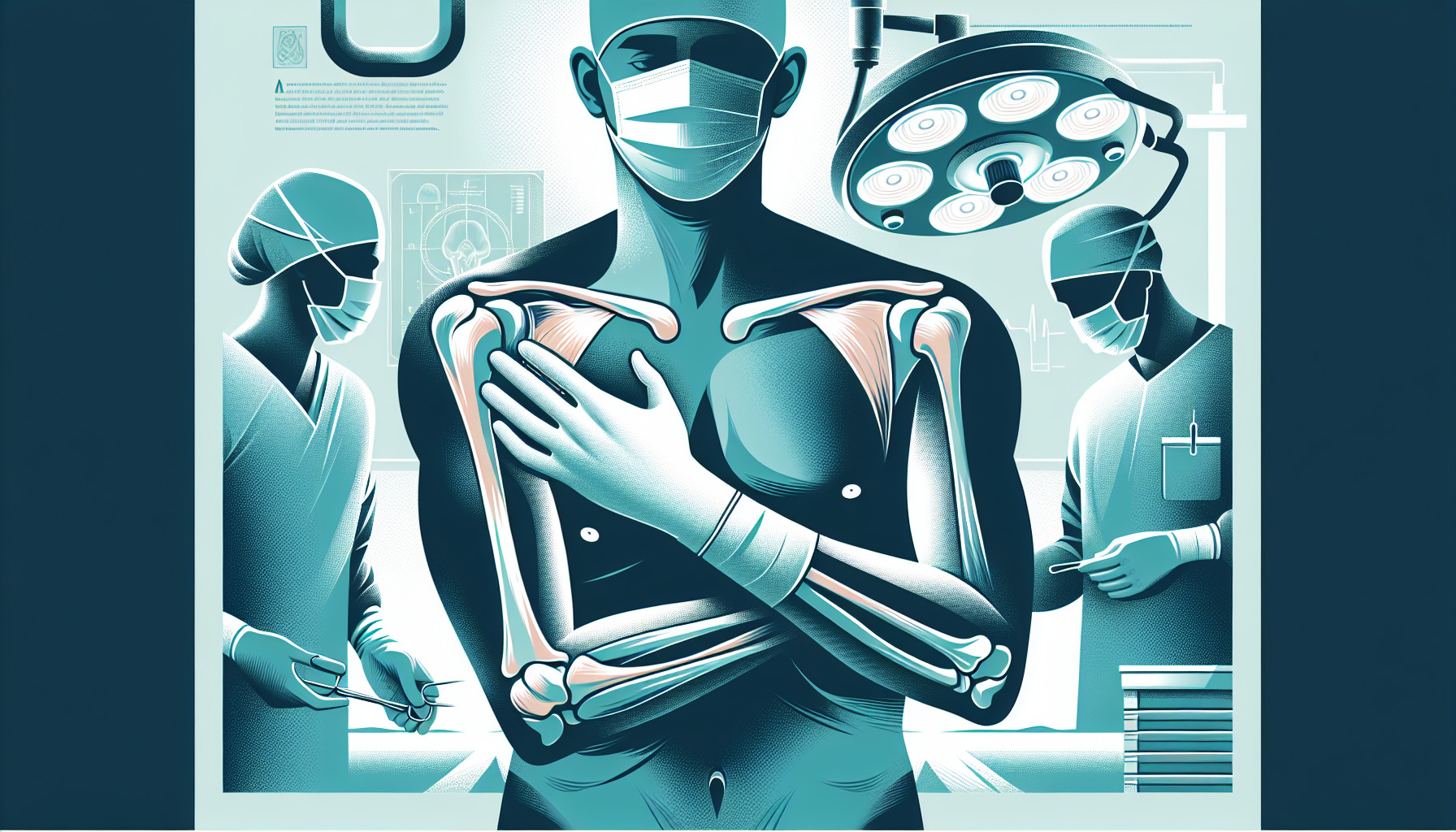Our Summary
This research paper revolves around the study of short stem shoulder arthroplasty, a surgical procedure that replaces parts of the shoulder joint. The main focus is on the use of metaphyseal fixation, a process involving the wider, flared part of long bones in the body, and how it relates to radiolucent lines and stress shielding.
Radiolucent lines are areas that appear darker on X-rays, often signifying a gap or lack of contact between the bone and the implant. These lines can indicate potential issues like loosening or instability of the implant.
Stress shielding, on the other hand, is a phenomenon that occurs when an implant takes over the normal stress load of a bone, leading to bone loss and weakening over time.
The study aims to understand these factors better and their implications in the field of orthopedic surgery, particularly for the effectiveness and longevity of shoulder joint replacements.
FAQs
- What is metaphyseal fixation in the context of shoulder arthroplasty?
- What do radiolucent lines indicate in shoulder replacement procedures?
- What is the role of a short stem in shoulder arthroplasty and how does it relate to stress shielding?
Doctor’s Tip
One helpful tip a doctor might tell a patient about shoulder replacement is to follow a proper rehabilitation plan after surgery. This may include physical therapy exercises to help improve range of motion and strength in the shoulder. It is important to follow the instructions of your healthcare provider to ensure a successful recovery and optimal function of the shoulder joint.
Suitable For
Patients who are typically recommended for shoulder replacement surgery are those who have severe arthritis in the shoulder joint, have not had success with conservative treatments such as medication or physical therapy, and are experiencing significant pain and limited range of motion in the shoulder. Other potential candidates for shoulder replacement surgery include individuals with shoulder fractures, rotator cuff tears, and other conditions that have not responded to other treatments. It is important for patients to consult with a medical professional to determine if shoulder replacement is the best course of action for their specific condition.
Timeline
Before shoulder replacement:
- Patient experiences chronic shoulder pain, stiffness, and limited range of motion
- Patient undergoes imaging tests such as X-rays, MRI, or CT scans to determine the extent of damage to the shoulder joint
- Orthopedic surgeon recommends shoulder replacement surgery as a treatment option
- Patient undergoes pre-operative assessments, including blood tests, EKG, and physical therapy to prepare for surgery
After shoulder replacement:
- Patient undergoes shoulder replacement surgery, which may involve either total shoulder replacement or partial shoulder replacement
- Patient stays in the hospital for a few days for monitoring and pain management
- Patient begins physical therapy to regain strength and range of motion in the shoulder joint
- Patient may experience temporary pain and discomfort post-surgery, which can be managed with medications and physical therapy
- Over the following weeks and months, patient gradually improves in shoulder function and experiences less pain and stiffness
- Patient continues with physical therapy and follow-up appointments to monitor the progress of the shoulder replacement
Overall, the timeline of a patient’s experience before and after shoulder replacement surgery involves a period of preparation, surgery, recovery, and rehabilitation to regain function and alleviate pain in the shoulder joint.
What to Ask Your Doctor
- What is the reason for recommending shoulder replacement surgery?
- What type of shoulder replacement procedure will be performed?
- What are the potential risks and complications associated with shoulder replacement surgery?
- What is the expected recovery time and rehabilitation process after surgery?
- How long can I expect the shoulder replacement to last?
- What activities or movements should I avoid after surgery?
- Will I need physical therapy after surgery, and for how long?
- How will the shoulder replacement affect my range of motion and strength?
- What steps can I take to ensure the success of the shoulder replacement surgery?
- Are there any alternative treatments or procedures that could be considered instead of shoulder replacement?
Reference
Authors: Schnetzke M, Preis A, Coda S, Raiss P, Loew M. Journal: Arch Orthop Trauma Surg. 2017 May;137(5):679-684. doi: 10.1007/s00402-017-2673-3. Epub 2017 Mar 23. PMID: 28337535
